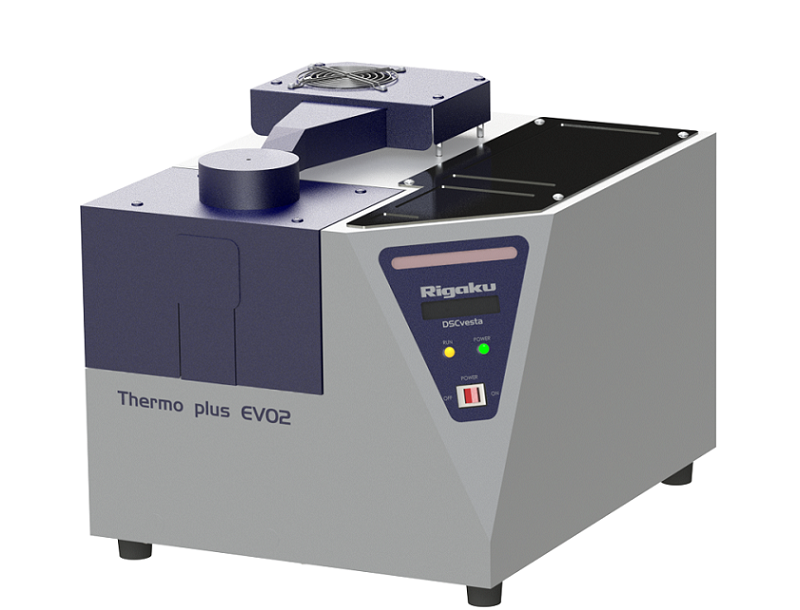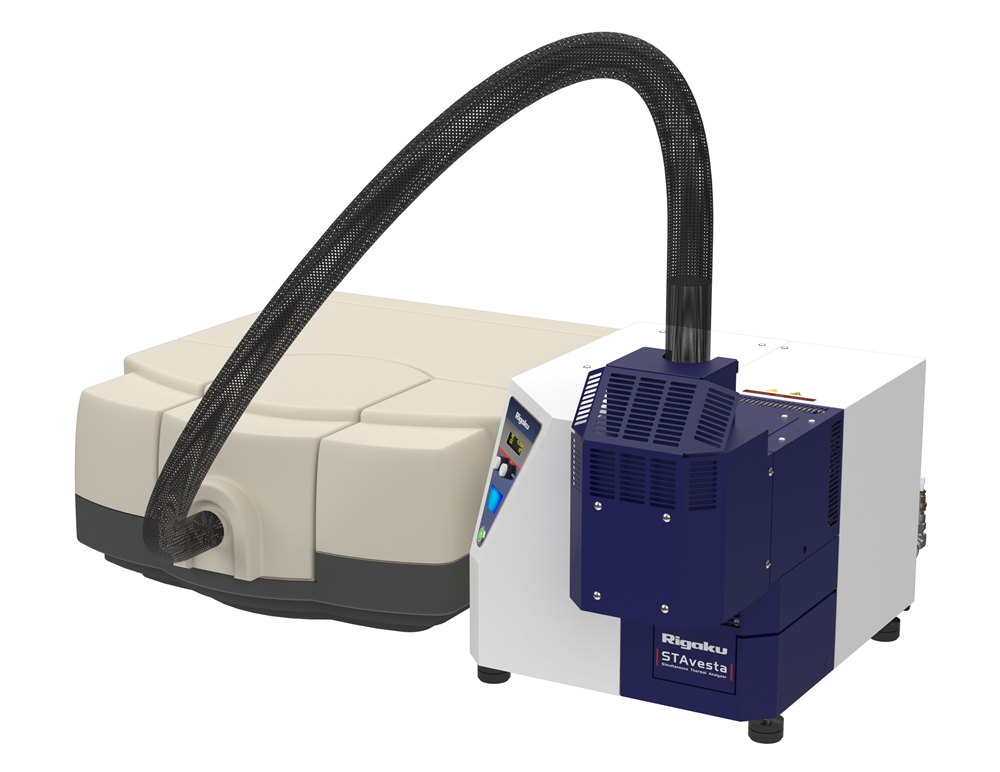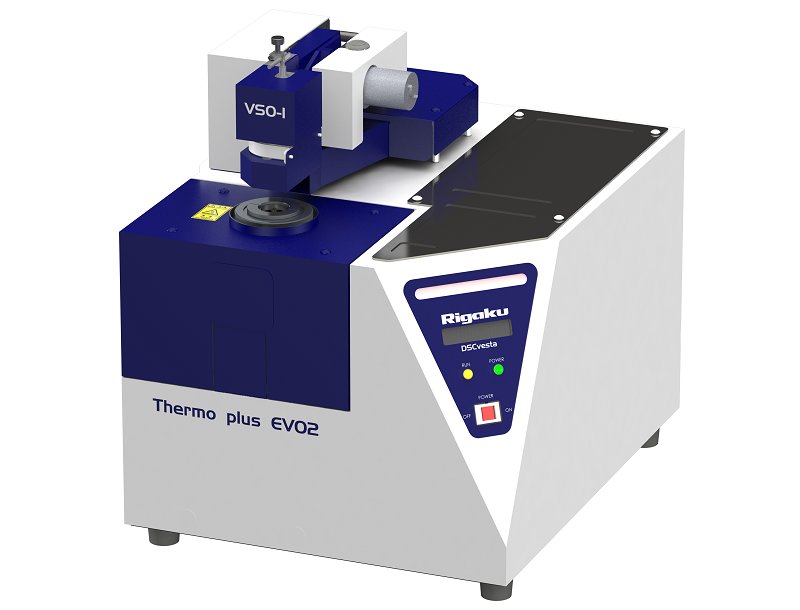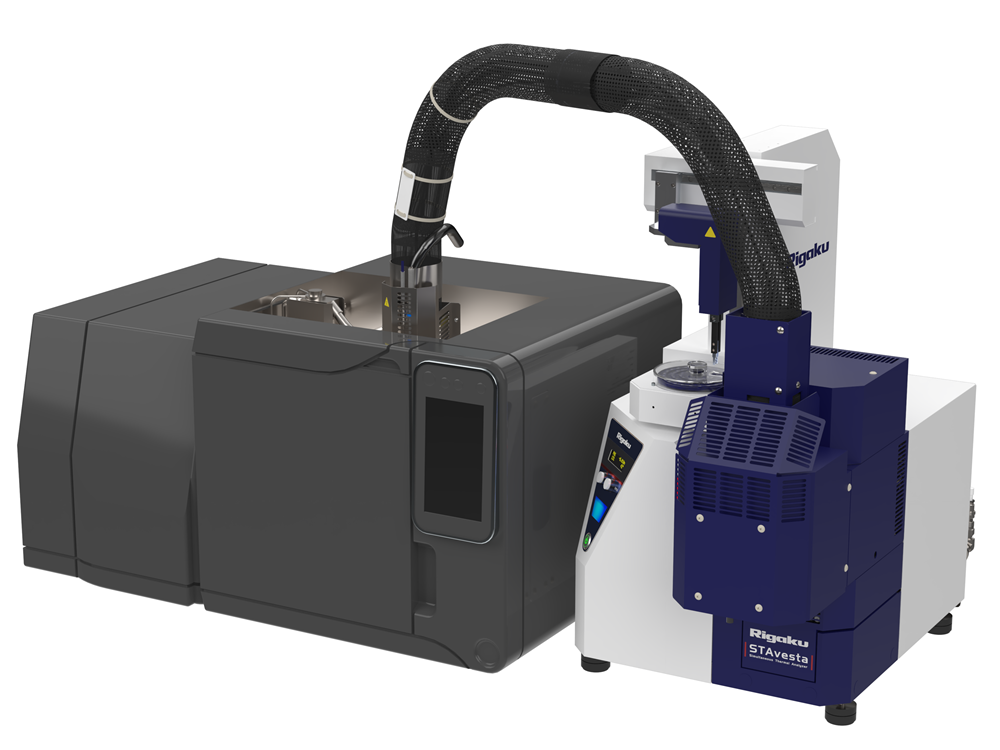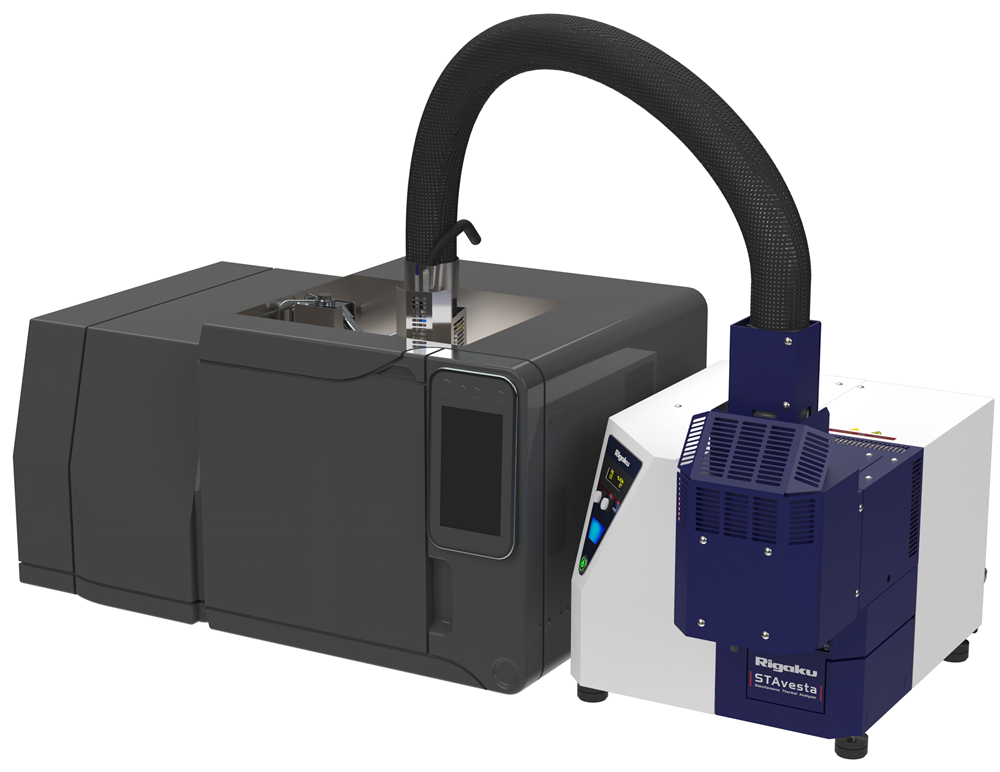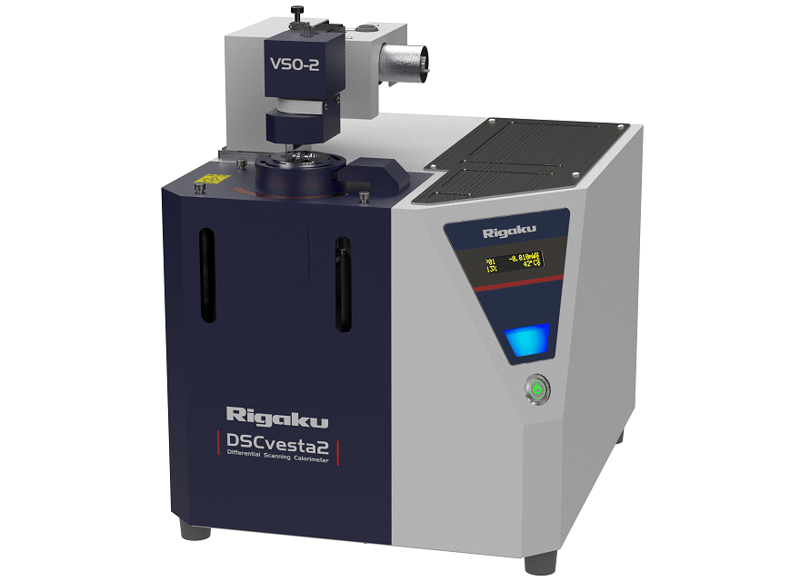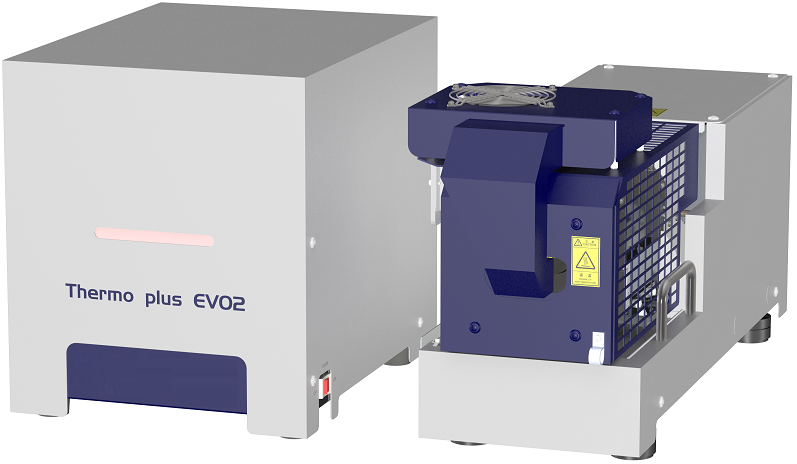Sample Pan
Depending on the sample to be measured (especially if the sample is metal), it may melt the sample pan and damage the sample holder or other parts of the instrument. Before measurement, consider the compatibility of the sample with the sample pan and select the appropriate sample pan.
◆Aluminum sample pan
Used for general reactions, especially those involving the generation of gases such as decomposition reactions.
For details on the use, see ◇Precautions regarding the use of Al sample pans
Specifications
◆Alumina sample pan
Used for general reactions in measurements above 500°C.
Especially when measuring samples that react with Pt.
The heat conductivity reduces the sensitivity of DSC (DTA) compared to Pt pans.
| Item | Item name | Material | Specifications (OD × height, capacity) |
Image | Maximum working temperature | Note | Cannot be used for |
| 8592A2 | Alumina pan 2.5 mm |
Al₂O₃ | φ5 mm×2.5 mmh |  |
1500°C |
10 pcs/set |
- |
| 8592A3 | Alumina pan 5.0 mm |
Al₂O₃ | φ5 mm×5 mmh |  |
1500°C | 10 pcs/set Used for measurements, where the initial weight of the sample increases, for samples with small mass change, and with small amount of heat absorbed or generated. Also used for samples that change a lot in height due to, for example, foaming. |
High temperature DSC (DSC8271) and infrared heating furnaces |
| A00008377 | Alumina lid | Al₂O₃ | φ3.4 mm×1 mmh | - | 1500°C | 110 pcs/set | - |
◆Platinum sample pan
Used for general reactions in measurements above 500°C.
Some samples may react with Pt.
| Item | Item name | Material | Specifications (OD × height, capacity) |
Image | Maximum working temperature | Note | Cannot be used for |
| 8573 | Pt pan 2.5 mm |
PtRh | φ5 mm×2.5 mmh |  |
1500°C | 2 pcs/set | - |
| 8575 | Pt pan 5.0 mm |
Pt | φ5 mm×5 mmh |  |
1500°C |
2 pcs/set |
High temperature DSC (DSC8271) and infrared heating furnaces |
| A00011293 | Pt lid | PtRh | φ4.8 mm |  |
1500°C | 2 pcs/set Use with Pt pan (8573, 8575). |
- |
◆Quartz pan
| Item | Item name | Material | Specifications (OD × height, capacity) |
Image |
Maximum working temperature |
Note | Cannot be used for |
| 8581 | SiO₂ pan 2.5 mm |
SiO₂ | φ5 mm×2.5 mmh |  |
1000°C |
10 pcs/set |
- |
| 8582 | SiO₂ pan 5.0mm |
SiO₂ | φ5 mm×5 mmh |  |
1000°C |
10 pcs/set |
High temperature DSC (DSC8271) and infrared heating furnaces |
◆High-pressure sealable pan (SUS-SUS)
Sealing the sample pan enables measurement with reduced sample evaporation, sublimation and decomposition.
Leakage and deformation occur if the pressure inside the sample pan exceeds the pressure resistance (5 MPa).
Stainless steel reduces the sensitivity of DSC (DTA) due to low heat conductivity.
*8598A1 高圧シール容器(SUS-AL)とのお間違いにご注意ください
| Item | Item name | Material | Specifications (OD × height, capacity) |
Image | Maximum working temperature | Note | Cannot be used for |
| 8598B1 |
High-pressure sealable pan (SUS-SUS) |
SUS | φ5 mm×5 mmh |   |
500°C (Recommended) maximum pressure 5 MPa |
SUS (pan and lid), 20 pcs each/set It allows for the measurement of gases generated by evaporation, sublimation, and decomposition without releasing them outside the sample pan. Seal (Compatible) with Multi Press (A00011040 + A00009002) and Multi sealer (A00006977 + A00007001) |
High temperature DSC (DSC8271) and infrared heating furnaces |
Sample pan shape
◇Open, crimp, seal
Pans are available in a number of shapes, including open, crimp, and sealed (hermetic) types. Since the DSC is used in most cases to measure the physical behavior of a sample, crimp pans are generally used in order to maintain efficient thermal conductivity between a sample and the thermal sensing plate. If the bottom of the pan is not smooth, a pseudo-peak may appear, or sensitivity may be reduced. Carefully check the condition of the bottom of the pan that comes into contact with the thermal sensing plate.
If the sample is a liquid or aqueous solution or when volatile components in the sample sublime or evaporate, you can use hermetic pans (sealed pans) to suppress sublimation or evaporation, making it possible to isolate heat endothermic reactions such as melting. Be sure to check the pressure resistance (maximum allowable pressure) of the pan to be used.
If pressure resistance is exceeded, sample and content leakage occurs. If the steam pressure or decomposition pressure of the sample is unknown, you can obtain the pressure resistance temperature for that sample using a sealed pan and the TG-DTA to check in advance the temperature at which the weight begins to drop.

Precautions regarding the selection of a sample pan
◇Precautions regarding the use of Al sample pans
- The melting point of aluminum (Al) is 660°C.
Do not increase the temperature above 500°C when using an aluminum sample pan for measurement.
Sample pans soften after being heated to high temperatures. Therefore, sample pans may deform if grabbed with tweezers or by the automatic sample changer. Be careful when handling sample pans after a measurement. - Do not measure samples that react with aluminum. In some cases, the instrument may be damaged.
Depending on the type of metal, the sample may form an alloy with aluminum and melt the aluminum.
Samples containing acids and alkalis may react with aluminum. - The zinc (Zn) calibration sample should not be reused as a calibration sample as it may form an alloy with aluminum and the melting point may change.

Compatible Products
DSC8231
Quantifies the energy changes in reactions such as melting, transition, crystallization and glass transition temperature.
View moreDSCvesta
DSC is a thermal analysis technique that quantifies the amount of energy in a reaction.
View moreDSCvesta2
DSC with industry-first self-diagnostic feature and industry's highest temperature range
View moreSTA/FTIR
In STA(TG)-FTIR, gases evolved by volatilization or thermal decomposition are qualitatively analyzed, which allows you to track changes in the generated amount along with the temperature change.
View moreSample Observation DSCvesta
Allows real-time observation and recording of sample changes from room temperature up to 725°C
View moreSTA/GC-MS
A thermal analysis device capable of highly sensitive simultaneous measurement of chemical reaction information that is difficult to determine with thermal analysis alone.
View moreSample Observation DSCvesta2
Allows real-time observation and recording of sample changes from room temperature up to 725°C
View moreTG-DTA with Separate Controller
Differential thermo-gravimetry with separate controller
TG-DTA with separate balance and control units, ideal for installation in gloveboxes and other constrained environments

Contact Us
Whether you're interested in getting a quote, want a demo, need technical support, or simply have a question, we're here to help.







